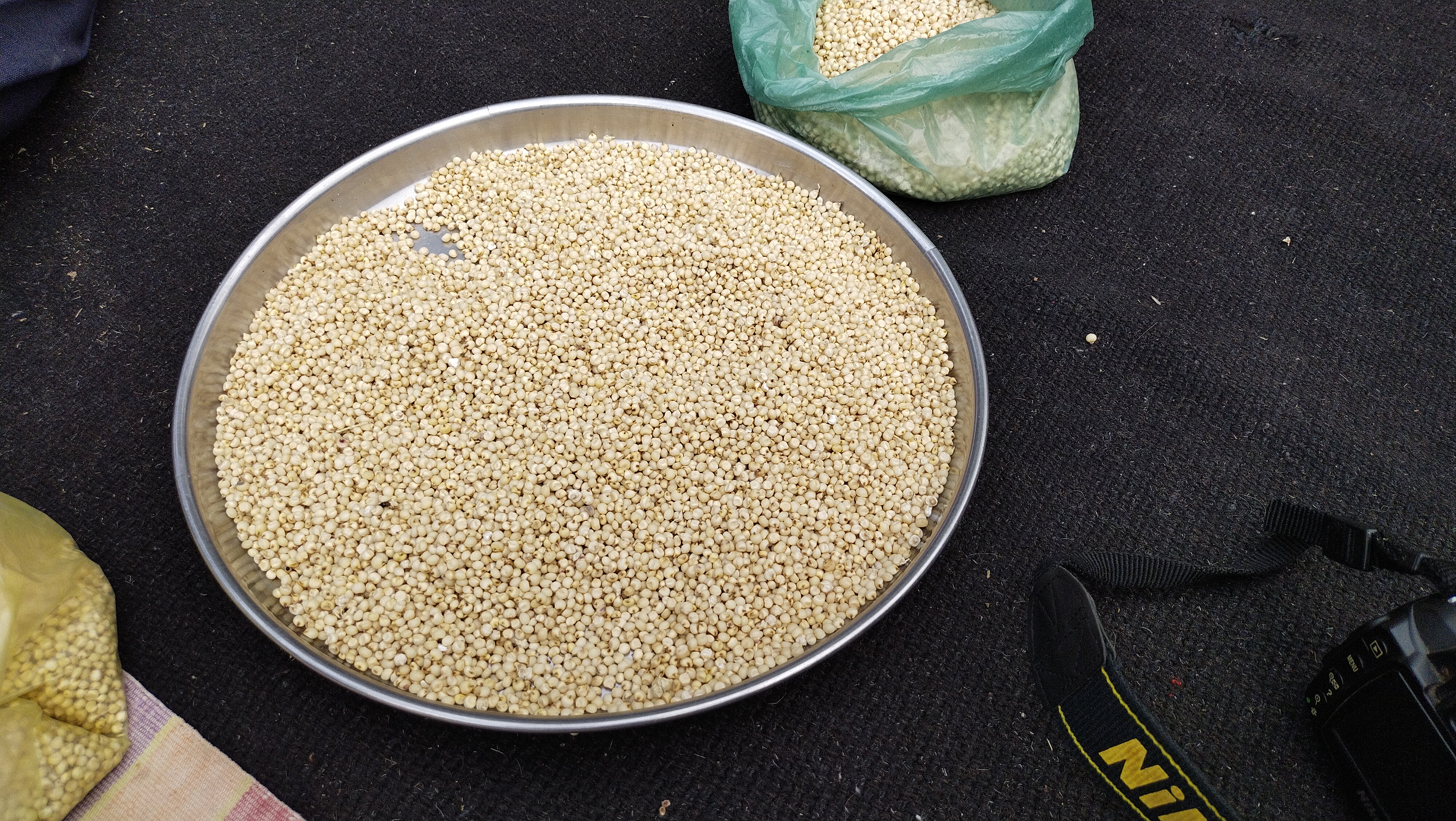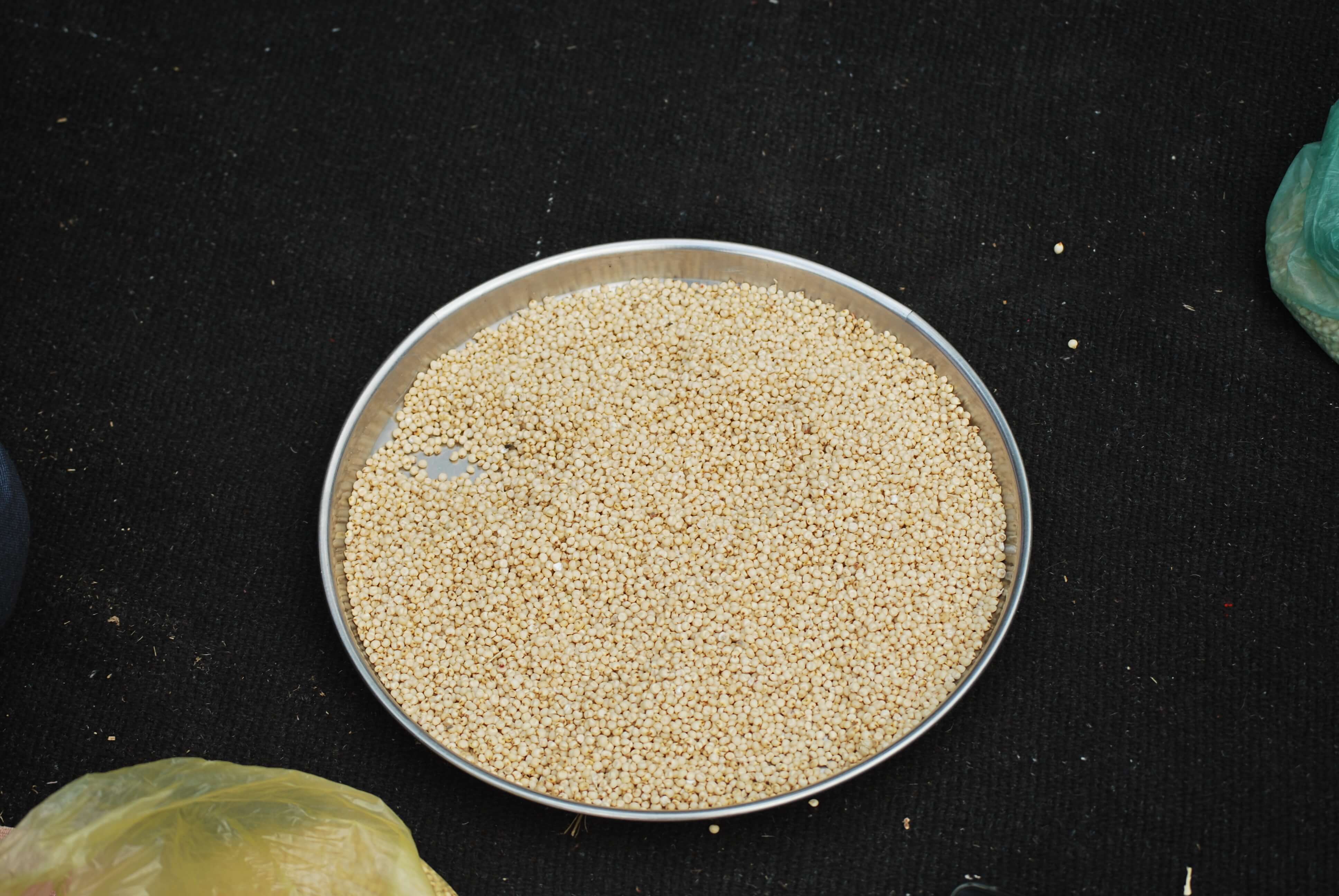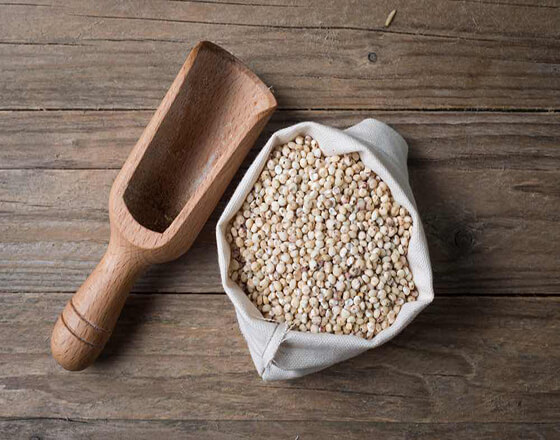
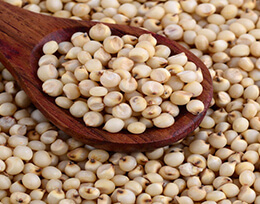

Sorghum Millets (Jowar): (H.S Code 100790)
Sorghum is globally known as the "new quinoa" for its gluten-free and whole-grain goodness. It goes by the name of Sorghum in English. In India, Sorghum is a staple food item. It has many words in different states, namely, Cholam in Tamil Nadu and Jonna in Andhra Pradesh. Sorghum is ground into flour that is used to make Rotis, bhakri, cheela, dosa, etc.
Since it is a member of the millet family, Sorghum is gaining massive attention these days. It is an ancient grain whose popularity was shadowed by wheat and rice. The revival of Sorghum is due to the shift in people's mindset about consuming millets. From weight loss to improved heart health, Sorghum has a range of health benefits.
Our company has created a niche in the field of offering Sorghum. The most Sorghum offered by us, is available at reasonable prices for the clients. So feel free to contact us.
Health Benefits Of Sorghum Millets (Jowar)
The high nutrient composition of Sorghum makes it a desirable grain when it comes to good health. Here are some of the several benefits of this whole grain:.
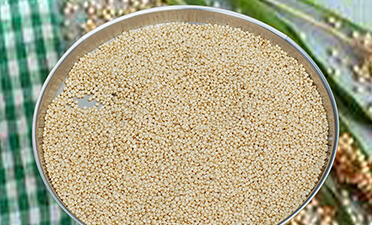
The sorghum kernel is a flattened sphere approximately 4.0 mm long by 3.5 mm wide by 2.5 mm thick. The mature seed of grain sorghum consist of the embryo or germ, and the endo- sperm, both surrounded by a seed coat. This seed is enclosed in the pericarp. The whole structure is called a caryopsis, or kernel..
Sorghum is among the healthiest choices you can make for your daily carbohydrate intake. Given a typical balanced diet comprises 55-60% carbohydrates, you can have one or one-and-a-half servings of Sorghum twice a day. Sorghum is suited for breakfast, lunch or dinner.
100 grams of sorghum contains the following nutrients. Calories: 349 Cal,
Carbohydrates: 72.6 g,
Fibre: 9.7 g,
Protein: 10.4 g,
Fat: 1.9 g.
Frequently Asked Questions
Yes, one can eat Sorghum rotis on a daily basis.
